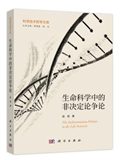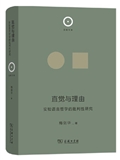Culture
-
Xia in Chinese culture refers to a group of people with martial arts skills who act bravely for a just cause and is willing to sacrifice him or he…[详细]05-17-2018
-
Advocating that a person with martial arts should use his or her power to help the weak against injustice, Chinese xia culture is entrusted with…[详细]05-17-2018
-
Considered the god for the people, food culture manifests Chinese philosophy of tackling their relationship with other people, the nature and the …[详细]05-09-2018
-
Ju refers to all kinds of chrysanthemum that are native to China. As one of the four “gentlemen flowers” in Chinese culture, ju symbol…[详细]05-03-2018
-
The ju painting by Zhang Tongceng in Qing Dynasty Ju refers to all kinds of chrysanthemum that are native to China. As one of the four &ldqu…[详细]05-03-2018
-
The image of peng, a giant bird in Chinese mythology, soaring high in the sky is a symbol of great aspiration and indomitable will in Chinese cult…[详细]04-26-2018
-
Two Miao women from Rongjiang County, Guizhou Province display the hundred-bird dress that they made. Considering themselves to be the descendants…[详细]04-18-2018
- In 221 BCE, the Qin wars of conquest brought an end to the Warring States Period, a tumultuous era marked by…MORE
- The tradition of painting coffins is deeply rooted in Han culture, and the origin of the lian-bi patterns ca…MORE
- China’s Great Wall dates back as early as to the Spring and Autumn period.MORE
- The Miaodigou culture was viewed as the heyday of painted pottery.MORE
- Xu Zhimo was known for his efforts to set Chinese poetry free from the constraints of its traditional forms,…MORE
-
Let me state that I am against a certain “apologetic” stance taken by the entire field of the humanities r…[详细]













